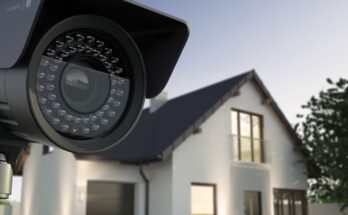Waterproofing is the process of adding an impermeable barrier on the surface of the roof, walls and other parts of the building which are susceptible to moisture. Waterproofing prevents water penetration and seepage into the interior of your house.
Moisture in the building is inevitable. A clogged pipe in the terrace, heavy rainfall or lack of a proper drainage system are some of the most common reasons for dampness in your home. Hence, you must waterproof your house during the construction itself. Read along to learn all about waterproofing and waterproofing products.
What are the advantages of waterproofing your home?
- It prevents severe structural damages.
- It helps you keep your house humid and dry.
- It prevents your home from turning into a breeding ground for moulds, fungus and pests.
- By waterproofing your home, you can get a better deal when you plan to sell your house.
- Waterproofing your home will save you several visits to the doctor.
- You don’t need to worry about a leaky basement if you waterproof your house.
- You can make optimal use of your basement if you waterproof it.
- It reduces the maintenance cost of your home in the long run.
- It prevents the formation of cracks on the concrete floors of your terrace
Which are some common areas that need waterproofing?
- The roof of the house is the most important part of your house that needs waterproofing.
- Some other areas that you must consider waterproofing include the internal drains, basement walls, bathroom, balcony and kitchen.
Types of Waterproofing
Liquid Waterproofing Membrane
A liquid waterproofing membrane is a thin coating that consists of a primer and a top coat that increases the flexibility of concrete and reduces water seepage and dampness. When it comes to the application of this waterproofing solution, you can apply it using a spray, roller, or trowel.
Admixtures
Today, you can add special chemicals to your cement mixture to make it waterproof. A high-quality admixture will make concrete watertight and act as an impermeable barrier and won’t let water seep through it.
Poly Acrylic Chemical Coating Waterproofing
In this type of waterproofing, a polyacrylic coating is used which will help to seal the walls and prevent water leakage. You need professional help with this type of waterproofing. You need to first thoroughly clean the place which you plan to waterproof. If there are any moulds, remove them before you start waterproofing. Next, close all the cracks on the walls or the floors using the polyacrylic chemical coating and let it cure completely.
Bituminous Coating
Popularly known as asphalt coating, this type of waterproofing is ideal if you want to waterproof a shaded area. This is because this waterproofing solution becomes brittle if it is exposed to sunlight for a long period. A bituminous coating will help to reduce the water infiltration and dampness in your home.
Bituminous Membrane
Typically used on roofs, a bituminous membrane is made of materials like polymers, fillers, and asphalt materials. A pro tip is to use it in places that aren’t exposed to sunlight directly. Today, the bituminous membrane is used both for homes and large-scale buildings to make them damp free.
The last thing you want is for the home that you spent your time, energy and money to be leaky and severely damaged. Waterproofing might seem like an added expense but in the long run, it will save you a lot of repair costs. While you can waterproof small areas of your home on your own, we recommend you seek professional help to waterproof your entire home during its construction.
Visit the Asian Paints website to get a wide range of modern waterproofing products that will make your home damp free forever.



